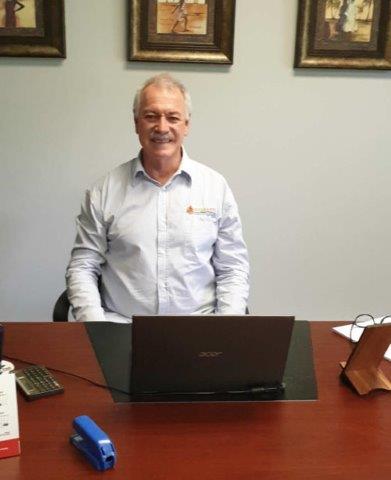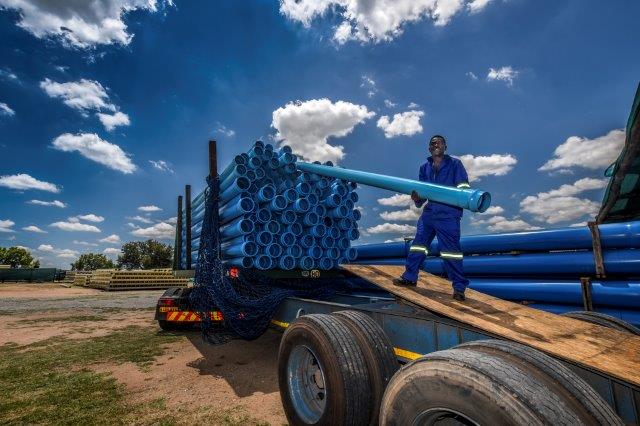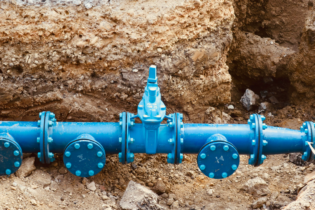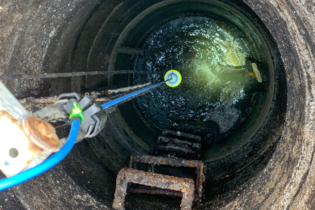Sizabantu Piping Systems has recently celebrated its 20th anniversary. What has changed in piping systems over the past 20 years?
Sizabantu Piping Systems was established in 2002 as a Marley Pipe Systems BBBEE initiative to focus on the marketing and distribution of plastic piping solutions in Southern Africa. WASA catches up with Don Coleman, managing director of Sizabantu Piping Systems.
Sizabantu Piping Systems has recently celebrated its 20th anniversary. What has changed in piping systems over the past 20 years?
The Southern African piping industry has undergone many changes. Original, larger traditional manufacturers in the plastic pipe industry, or founding members, have been slow in repositioning and adapting their operations to meet the rapidly changing market dynamics. They have been further hampered by their costly corporate structures that reduced their competitiveness. Other factors influencing the industry has been easy access to low-cost manufacturing equipment, which lowers the barrier to entry and encourages leaner newcomers to enter. The traditional customer base in certain markets has also changed with the introduction of the government procurement policies. There has also been the development and introduction of new piping technologies. Plastic pipes can now be manufactured with larger diameters and this has allowed the plastic pipe, for the first time, to compete against traditional piping materials. Higher nominal working pressure bulk water piping can now be produced locally.What trends have you observed around piping systems?
There is a constant improvement in the quality and durability of plastic piping products to better withstand the harsh weather conditions and extreme temperatures that are often present in South Africa. Additionally, there is an increasing interest in the use of plastic piping for industrial and agricultural applications, such as irrigation and wastewater management.This is supported by a high level of investment and continuous development to ensure that engineering, user and environmental needs are continually being addressed.









